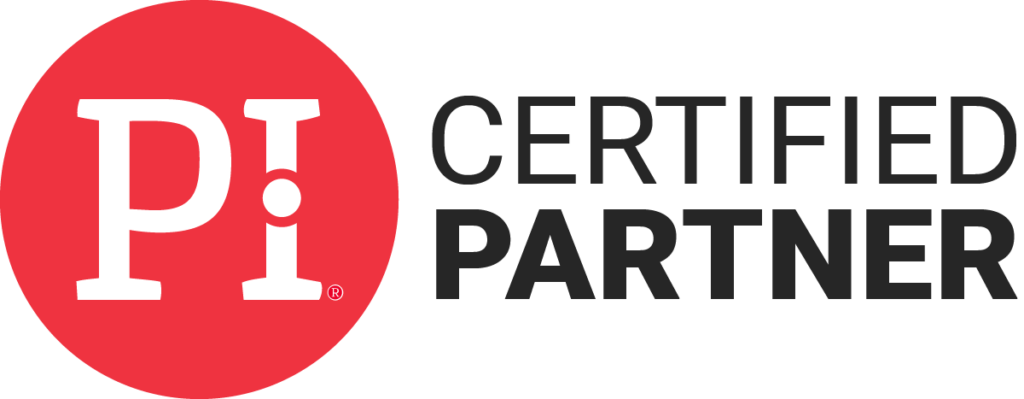Moving forward is sometimes hard to do. It seems funny now to recall our expectations from March or April. Back then, cynics thought that things would be back to “normal” by the summer. For those less realistic, it was believed that it would take 14 days to flatten the curve, then right back to it. The reality is that the only accurate adjective for the present is “ever-changing”. Whether your business has experienced increased performance because of the pandemic or has slowed down considerably, it is time to evolve to meet the needs of your customers.
There have been considerable examples of innovation in the last few months to get businesses going; curb-side pick-up, remote personal training, parking lot dining, cashier-less grocery stores, expedited digital banking, etc. After all, “necessity is the mother of invention”. If innovation and change is what you need to keep your business moving forward, now is the time.
First, there are a few critical steps to take on the road to your “new normal”. There are many questions that need answered. Do you need to determine a new delivery method for your product or does your product need to evolve? How do you keep your employees and customers safe and at ease? How do you reach new customers? How will you provide your services with the current restrictions? Reinvention is not easy. However, there is no time like the present to regain control and move forward!
How? Of course, the answer will vary by business, but there are certain commonalities to the process regardless of business type. It all starts with an acute awareness of your surroundings, a well-thought-out plan, and the understanding that it could all change on a dime.
SWOT Analysis
Particularly now, it is important to identify the external factors that will impact your organization’s performance. For this reason, it is important to conduct a new SWOT analysis. So much has shifted in the landscape of running a business, it is not surprising to find major changes particularly in the areas of external opportunities and threats. Action plans will be necessary for ways to optimize new opportunities and to formulate contingency plans for potential threats.
Rethink Strategy
The strategic plan completed prior to March 2020 may not fit the needs of your organization mid-pandemic. It has become necessary to assess and possibly rethink the current plan to identify areas of change needed to align with the current circumstances. Will you need to change or modify services, programming, or products? Does the organization have the right expertise in the current staff to make the necessary changes? How adaptable is your current business model? Does the current organizational design still make sense? These are just a few of the many questions that need answered to strategize about the future of your organization.
Adaptability
The SOP’s followed in February may not “fit” today and, likewise, initiatives put into place today may not be effective after the next six months. If 2020 has taught us anything, it is that we need to be flexible, ready to adapt to circumstances that may unexpectedly arise.
Adaptability makes a great argument for taking your leaders through a mid-COVID SWOT analysis process. By identifying the external opportunities and threats that impact your organization, you can minimize potential damage and maximize potential gain. Contingency plans for circumstances, events, and conditions that are not under our control are the best way to safeguard your organization from harm. How would you benefit by certain external circumstances? What must be in place internally to take advantage of an opportunity presented to you by an external event?
Change and innovation are the steppingstones to improved outcomes. Although, it’s not an easy path to travel down, the destination justifies the journey.
The Time To Flourish team offers strategic planning facilitation services which allows your team to focus on contribution and content while our team leads a process rich with innovation and adaptability. Call us to discuss the advantages to our Strategic Planning service.
